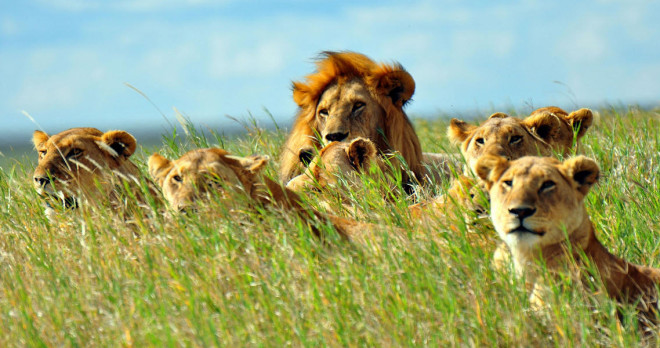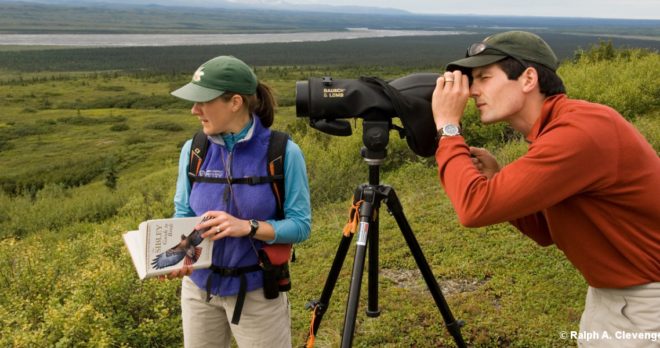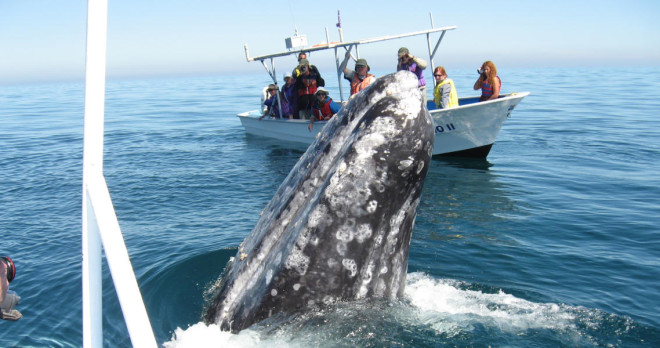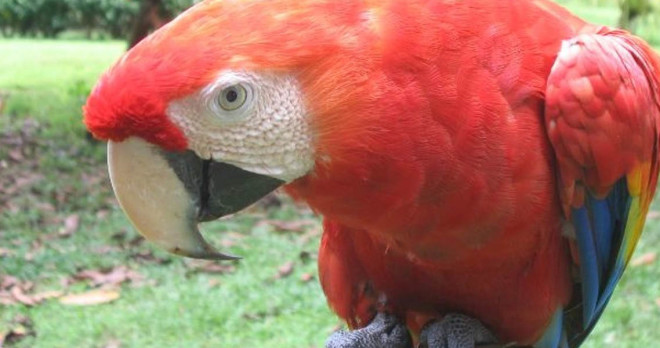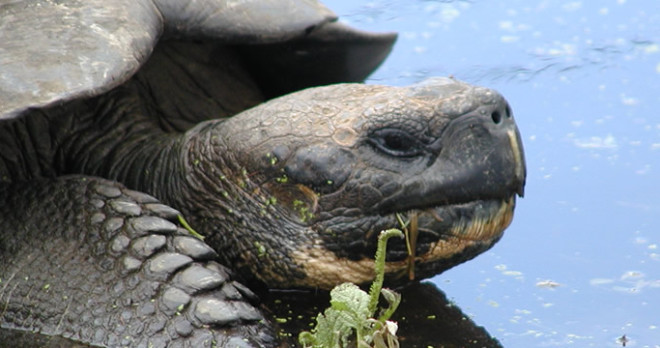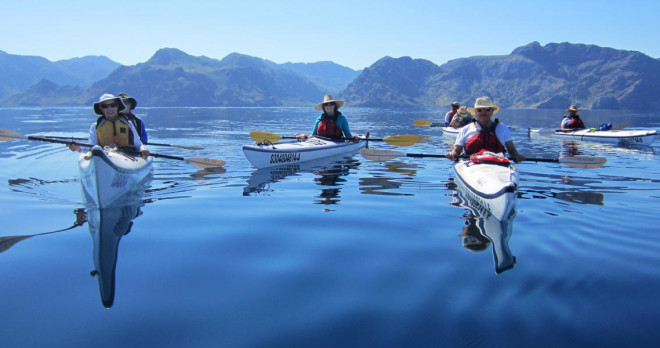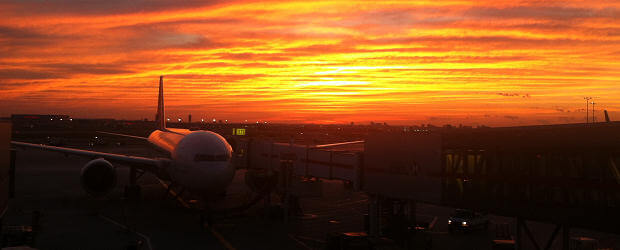
The secret to stress free travel
Simply put, pack light and arrive at the starting point of your trip a day early. Many have told us this was the most important thing they did to get ready for their trip. They felt rested and more acquainted with the customs and pace of life of their new surroundings.
Passports
U.S. citizens must have a current Passport. Make sure your PASSPORT DOES NOT EXPIRE WITHIN 6 MONTHS OF THE COMPLETION OF YOUR TOUR. These requirements do vary from country to country, but just to be safe, we recommend going by the 6 month standard, because it’s definitely better to be safe than sorry when it comes to international travel!
Make copies of your passport! We recommend making 2 photocopies of your passport’s photo page and any other valuable documents you might carry with you on the tour. Travel with one copy stored separately from your passport. Leave the other copy at home with a relative or friend (ideally the same person you gave as your emergency contact). In the event that any of your documents are lost or stolen, this will greatly assist the process of replacement.
Itineraries
ITINERARY CHANGES MAY BE MADE DUE TO LOCAL CONDITIONS BEYOND OUR CONTROL OR BY DISCRETION OF GROUP LEADERS. All Nichols Expeditions services described are arranged weeks or months in advance of your trip. If airline schedule changes, unusual weather conditions or other circumstances beyond our control prevent us from operating the services according to the schedule described above, we will attempt to substitute services of equivalent value. If we are unable to do so, passengers may be responsible for additional costs due to circumstances beyond our control.
High Altitude
From our experience leading many high altitude tours and from information gathered from medical experts, we can help you understand more about the affects of traveling at high altitude and how to lessen or prevent AMS (acute mountain sickness). High altitude begins at 8,000 ft. On the first part of the tour we will spend several days acclimatizing at 7-8000 ft. During the trip we will have 5 days that we go over passes above 10,000 ft. The good news is that we never sleep above 8,500 ft.
Frequently asked questions:
Immunizations
For all travelers, we suggest keeping your tetanus immunization up to date (every 10 years), and we suggest a Hepatitis A immunization, too. You can check your state health department, the Center for Disease Control (CDC) or the online traveler’s data base http://www.mdtravelhealth.com/ for the most current information.
Camera Gear
Whether you shoot a digital or film camera, bring more media storage cards or film than you think you need! A portable hard drive may be the answer for digital storage. Other useful items are plenty of extra batteries, lens cleaner, lens tissue, lens brush, a mini tabletop tripod and a clean toothbrush to remove grit from your camera.
Travel Delays
Nichols Expeditions is not responsible for any costs you may incur due to travel delays or other contingencies we are unable to control. For international flights, arrive at least 2-3 hours prior to departure (check with your air carrier for their requirements) and allow ample time between connecting flights. If you miss your flight and you need a special shuttle to meet up with the group, you will be responsible for the cost.
Travel Insurance
To protect you against life’s uncertainties, we have a Travel Insurance Policy that protects you against tour cancellation, trip interruption and medical emergencies along with baggage benefits. WE HIGHLY RECOMMEND TRAVEL INSURANCE!







